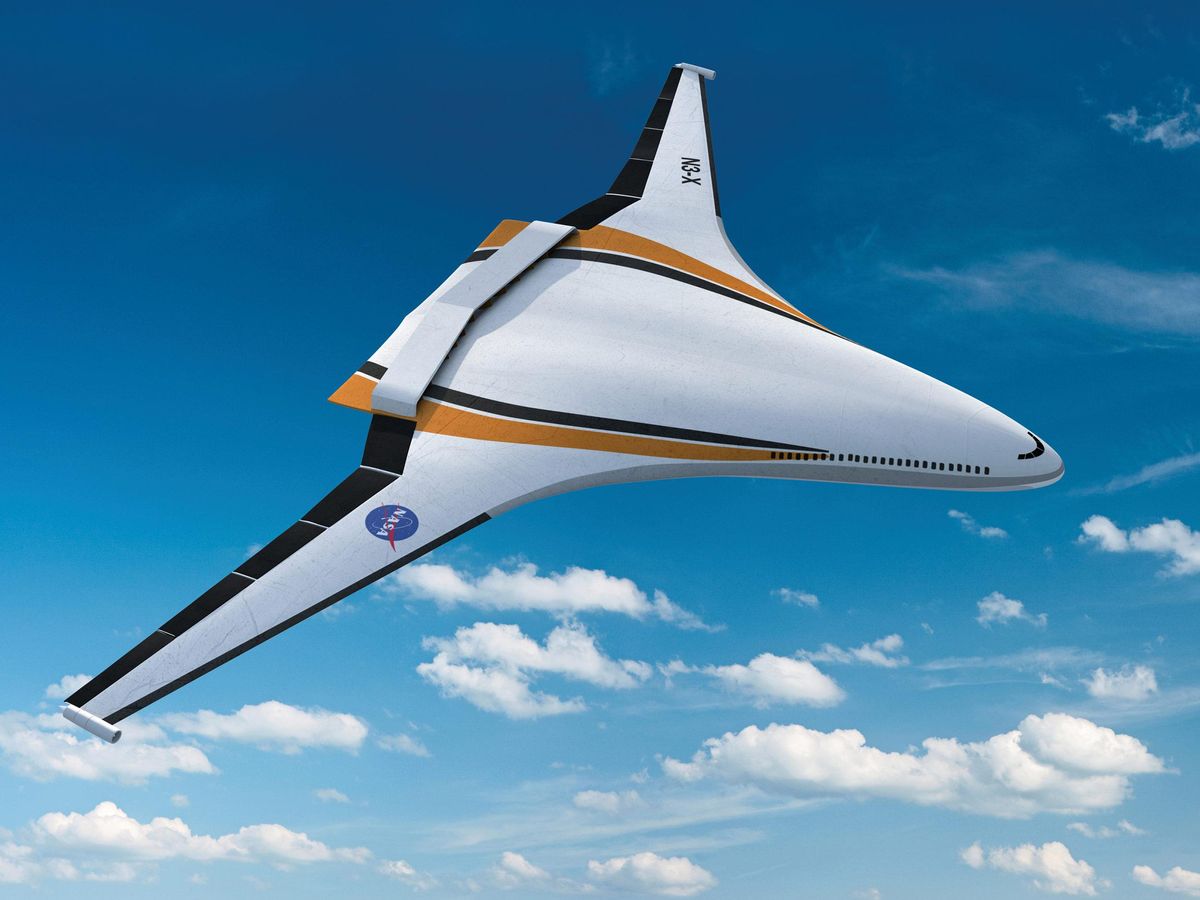This article is part of our exclusive IEEE Journal Watch series in partnership with IEEE Xplore.
The race for all-electric planes is underway, and some early designs are making headlines. This past September, a prototype of the Eviation Alice completed an 8-minute maiden flight, and more models, such as Heart Aerospace’s ES-30, are anticipated to debut in the next few years. However, so far all these models have been designed to carry only 30 passengers or less, and to fly short distances.
For instance, Eviation Alice can fly only two crew members and nine passengers at a distance of 463 kilometers, and the all-electric ES-30, although it is designed to carry up to 30 passengers, has a range of just 200 km. To truly lower greenhouse gas emissions and mitigate the effects of climate change, larger, all-electric aircraft are needed. Notably, large aircraft are responsible for more than 75 percent of aviation’s greenhouse gas emissions, and—considering the historical 4 to 5 percent annual growth in air travel—these emissions are likely to worsen over time.
But plans are underway to make the industry more sustainable, including a proposal from one research team to create an all-electric version of NASA’s N3-X aircraft, which can carry 297 to 330 passengers. The researchers describe their three possible electric-power system (EPS) designs for the all-electric model in a study published in the December print issue of IEEE Transactions on Transportation Electrification.
The N3-X, slated to make its debut in 2040, includes an aerodynamic hybrid wing-body airframe and an energy-efficient EPS. Nevertheless, it will still rely on two turbo engines that burn jet fuel to power the EPS.
The main challenge in fully electrifying the N3-X—and large planes in general—is the immense energy requirements for thrust during liftoff, which requires about 25 megawatts of power. For context, the state-of-the-art Boeing 787-8—a partially electrified plane—has achieved only a maximum of about 1 MW of power from renewable sources, whereas the rest of the power needed for takeoff comes from burning jet fuel.
“In other words, we need 25 to 30 times more power to make [partly electric] aircraft become fully electric, and almost all this required power is for takeoff,” says Mona Ghassemi, an associate professor and director of the ZEROES (Zero Emission, Realization of Optimized Energy Systems) Lab at the University of Texas at Dallas.
To help meet these power demands, Ghassemi’s team is proposing replacing the N3-X’s two turbo-electric engines with four electrochemical energy units (EEUs), which include batteries, fuel cells, and supercapacitors. The team would develop several different EPS designs for takeoff, when all electric power is diverted to thrust. Theoretically, with powerful enough batteries, this should be enough juice to get the N3-X airborne on electricity alone.
In their paper, the researchers analyzed their three EPS designs under normal conditions, as well as scenarios where one component of the power system failed. Their results show that two of the designs could be feasible in real life, even if one EEU failed during the flight.
Notably, current battery technology is still far behind what’s required in these all-electric designs. But Ghassemi is not deterred.
“With future projected advancements in [lithium-air] and [lithium-sulfur] batteries, the required specific energies for the envisaged wide-body all-electric aircraft may be achieved within the next 25 years,” she notes. “However, another promising solution may be achievable sooner—that is, compact-fusion reactors.”
Regardless of whether batteries or compact-fusion technology will power future aircraft, more infrastructure is needed to support the immense energy demands of large, all-electric aircraft. This includes electric drives and motors, EEUs, circuit breakers, cables, and converters capable of withstanding high voltages and harsh aviation environments (for example, low pressures, high humidity, and high temperatures). Next, Ghassemi says, her lab will design cables capable of supporting the high voltage needs of their all-electric N3-X aircraft design.
This article appears in the March 2023 print issue as “Electric Aircraft Won’t Take Off Without More Thrust.”
- Eviation’s Maiden Flight Could Usher in Electric Aviation Era ›
- With Ultralight Lithium-Sulfur Batteries, Electric Airplanes Could Finally Take Off ›
Michelle Hampson is a freelance writer based in Halifax. She frequently contributes to Spectrum's Journal Watch coverage, which highlights newsworthy studies published in IEEE journals.



